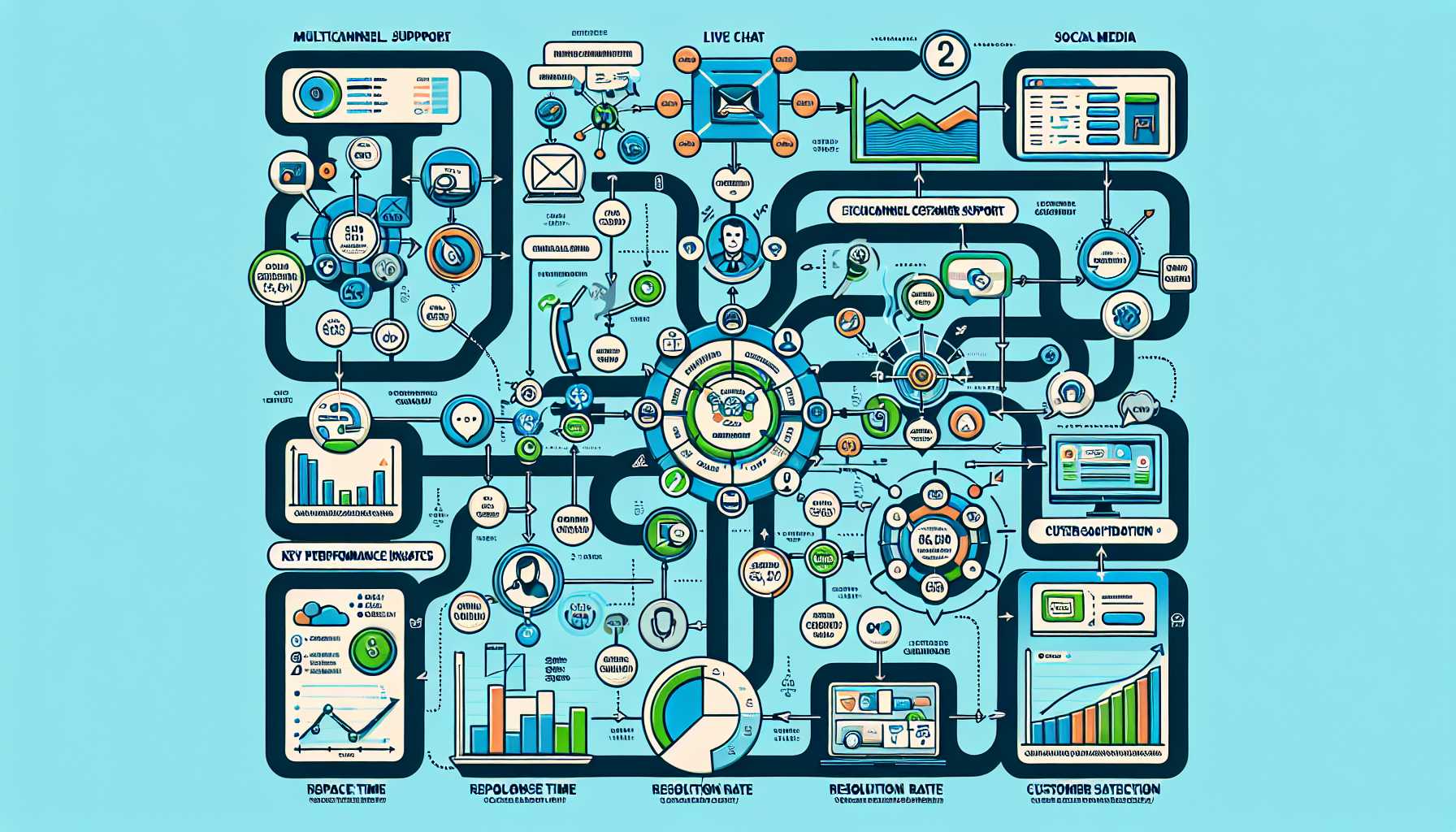Greetings, product veterans. One of the most critical and often underappreciated aspects of product management is support. The support experience can make or break the customer’s relationship with your product and company. As a seasoned product leader, I’ve come to realize that effective product support is the cornerstone of customer satisfaction. Drawing on industry best practices and personal experience, I’m here to share strategies that have helped shape our product support into a beacon of customer trust and loyalty.

1. Develop a Comprehensive Knowledge Base
A well-structured knowledge base is your first line of defense in providing excellent product support. Over the years, I’ve learned that a repository of guides, FAQs, and troubleshooting articles empowers customers to find solutions independently, reducing the strain on support resources. We continuously updated our knowledge base with insights gathered from customer interactions, ensuring that content remained relevant and comprehensive.
2. Implement Multi-Tier Support Systems
Not all support issues are created equal. Developing a multi-tier support system allowed us to effectively categorize and address issues based on their complexity. This structure ensured that customers received the appropriate level of expertise for their particular problem, improving resolution times. My approach involved three tiers: self-service for common queries, technical support for in-depth issues, and escalation to product teams for critical or complex challenges.
3. Leverage Support as a Feedback Mechanism
Product support interactions are a goldmine of customer insights. Each ticket provided us with direct feedback on what was or wasn’t working. By integrating support data with our product management tools, we turned customer pain points into actionable items for our roadmap. This helped us prioritize features and bug fixes that would make the most significant impact on the customer experience.
4. Provide Multichannel Support
Customers have diverse preferences for communication. Therefore, I recognized the importance of offering support across several channels, including email, phone, live chat, and social media. This omnichannel approach not only improved accessibility but also aligned with our goal of meeting customers where they already were.
5. Focus on Proactive Support
Prevention is better than cure. In my leadership, we moved from reactive to proactive support by monitoring product health, usage patterns, and customer behaviors to identify and address issues before they became annoyances for customers. By sending timely communications about known issues and planned fixes, we were able to build trust and reduce customer frustration.
6. Continuous Training and Empowerment of Support Teams
Support representatives are on the frontline of customer interaction. It’s essential that they are deeply knowledgeable about your product. We implemented ongoing training programs for our support teams and empowered them with decision-making authority. This approach resulted in quicker resolution times and higher satisfaction as support staff could make on-the-spot decisions that favored the customer.
7. Measure and Optimize Support Metrics
What gets measured, gets managed. Key performance metrics such as first response time, resolution time, and customer satisfaction score (CSAT) fed directly into our continuous improvement process for support. Regularly reviewing these metrics helped us identify patterns and areas for improvement, leading to a more efficient support operation.
8. Foster Personalized Customer Relationships
The human element cannot be overstated in providing excellent support. We trained our support team to personalize interactions and show genuine concern for customer issues. Personalized follow-ups, check-in emails, and remembering customer preferences went a long way in making them feel valued and understood.
9. Invest in Support Technologies
Refining our support stack was a gamechanger. Investments in integrated customer support platforms like Zendesk, Intercom, or Freshdesk, AI chatbots for off-hours assistance, and sophisticated ticketing systems helped streamline our support process and provided a seamless experience for customers and staff alike.
10. Build a Community of Users
Lastly, nurturing a community around our products engendered mutual support among users, with more experienced customers often helping newcomers. This community-driven support alleviated pressure on our support teams and enhanced customer retention by fostering a sense of belonging to a broader user family.
In closing, managing product support is an ongoing journey of refining processes, empathizing with customers, and leveraging tech to provide a service that not only solves issues but delights customers. Your experiences may vary, but the principles of timeliness, transparency, and dedication to customer success remain universal. Share your successes, challenges, and the practices that have delivered results for you and your team.
